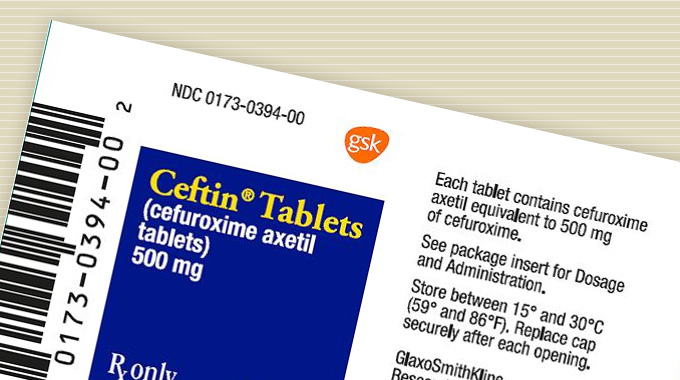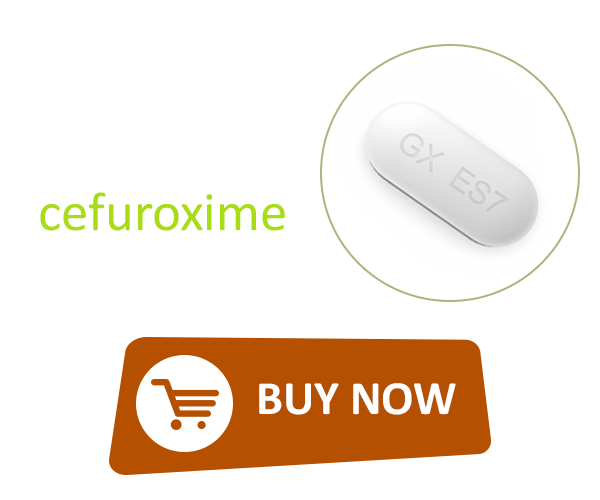Ceftin (cefuroxime)
The other name of Ceftin is cefuroxime. It is a type of prescription drug found in the form of liquid suspension as well as tablet. Both of them are taken through the mouth. The brand name is Ceftin. This medication is found in generic forms that generally are supposed to cost less. It works by fighting against bacteria. There are other purposes for which ceftin might be used that aren’t itemised in this medication guide.

Dosage
The dosage of Ceftin (cefuroxime) can vary depending on the specific infection being treated, the severity of the condition, and individual factors such as age and weight. It is important to follow the instructions provided by your healthcare professional or the prescribing information on the medication label. The following are general dosage guidelines for adults:
Respiratory Tract Infections:
- Mild to moderate infections: 250 mg (one Ceftin tablet) taken twice daily.
- Severe infections: 500 mg (two Ceftin tablets) taken twice daily.
Skin and Skin Structure Infections:
- Mild to moderate infections: 250 mg (one Ceftin tablet) taken twice daily.
- Severe infections: 500 mg (two Ceftin tablets) taken twice daily.
Urinary Tract Infections:
- Uncomplicated infections: 125 mg (half of a Ceftin tablet) taken twice daily.
- Complicated or more severe infections: 250 mg (one Ceftin tablet) taken twice daily.
Composition
Both the oral suspension and tablets contain cefuroxime in the form of cefuroxime axetil. It is a type of cephalosporin antibacterial drug that is consumed orally. It is semisynthetic in nature. The inactive ingredients in the tablets are:
- Croscarmellose sodium
- Sodium lauryl sulphate
- Colloidal silicon dioxide
- Hydrogenated vegetable oil
- Methylparaben
- Hypromellose
- Microcrystalline cellulose
- Propylene glycol
- Sodium benzoate
- Titanium dioxide
- Propylparaben
The inactive ingredients in liquid suspension are:
- Povidone K30
- Aspartame
- Acesulfame potassium
- Stearic acid
- Tutti-frutti flavouring
- Sucrose
- Xanthan gum
Uses
Ceftin is used for the treatment of many types of bacterial infections. It is a cephalosporin antibiotic that fights against bacteria.
This medication can only help in treating bacterial infections. They cannot cure viral infections (like flu and common cold). Misuse and unnecessary usage of this drug can reduce its effectiveness.
Side-effects
There are many side-effects associated with the use of ceftin which may require medical attention. Some of these side-effects are mentioned below:
- Diarrhoea
- Chills
- Fever
- Feeling of discomfort or illness
- Itching in the genital area
- Pain while having sexual intercourse
- Sweating
- Rigidity
- Thick and white vaginal discharge
- Chest pain
- Tarry and black stools
- Cough
- Loose stools
- Difficult and painful urination
- Breathlessness
- Sore throat
- Ulcers, white spots, or sores in the mouth or on the lips
- Swollen glands
- Unusual bruising or bleeding
- Unusual weakness or tiredness
- Bladder pain
- Leg, stomach, or back pain
- Cloudy or bloody urine
- Dark urine
- Body pain or aches
- Ear congestion
- Loss of appetite
- Nasal congestion
- Vomiting or nausea
- Frequent urination
- Sneezing
- Red or pink urine
- Runny or stuffy nose
- Nosebleeds
- Joint swellings
- Pale skin
- Pounding, irregular, or fast heartbeat or pulse
- Loss of voice
- Side or lower back pain
- Yellowing of the skin and eyes
- Hives
- Blood along with cough
- Hoarseness
- Increase in the menstrual flow
- Seizure
- Swollen lymph glands
- Irritated and red eyes
- Unpleasant odour of the breath

Contraindications
Under the following conditions the patient must be refrained from consuming Ceftin:
- Allergic reaction to cephalosporins betalactams
- Kidney disease
- Liver problems
- Blood clotting disorder
- Clostridium Difficile Bacteria Related Colitis
Ceftin and pregnancy
Ceftin is found to be generally safe for unborn babies as it is listed in the FDA’s Pregnancy Category B. Nonetheless, Patient should inform the doctor about their pregnancy.
Some frequently asked questions about Cefuroxime
What is cefuroxime?
Cefuroxime is an antibiotic medication that belongs to the cephalosporin class. It is commonly prescribed to treat various bacterial infections, including respiratory tract infections, skin and soft tissue infections, urinary tract infections, and certain types of meningitis.
How does cefuroxime work?
Cefuroxime works by inhibiting the growth of bacteria. It does this by interfering with the synthesis of the bacterial cell wall, which is essential for the bacteria's survival and reproduction. By disrupting the cell wall formation, cefuroxime helps to eliminate the infection.
What types of infections are treated with cefuroxime?
Cefuroxime is commonly used to treat respiratory tract infections such as bronchitis, sinusitis, and pneumonia. It is also effective against skin and soft tissue infections, urinary tract infections, and certain types of meningitis caused by susceptible bacteria.
What is the usual dosage of cefuroxime?
The dosage of cefuroxime can vary depending on the type and severity of the infection. For most infections, the usual adult dosage ranges from 250 mg to 500 mg taken twice daily. However, it is important to follow the specific dosage instructions provided by your healthcare professional.
What are the common side effects of cefuroxime?
Common side effects of cefuroxime may include nausea, diarrhea, stomach pain, headache, and rash. It is important to be aware of any potential allergic reactions or more serious side effects such as severe diarrhea or difficulty breathing, and to seek medical attention if you experience any concerning symptoms.
Can cefuroxime interact with other medications?
Cefuroxime may interact with certain medications, including probenecid and blood thinners. It is important to inform your healthcare professional about all the medications you are taking to avoid potential interactions.
Can anyone take cefuroxime?
Cefuroxime may not be suitable for everyone. It is important to inform your healthcare professional about your complete medical history, including any allergies, kidney problems, or a history of gastrointestinal diseases. They will determine if cefuroxime is appropriate for you and adjust the dosage if needed.


